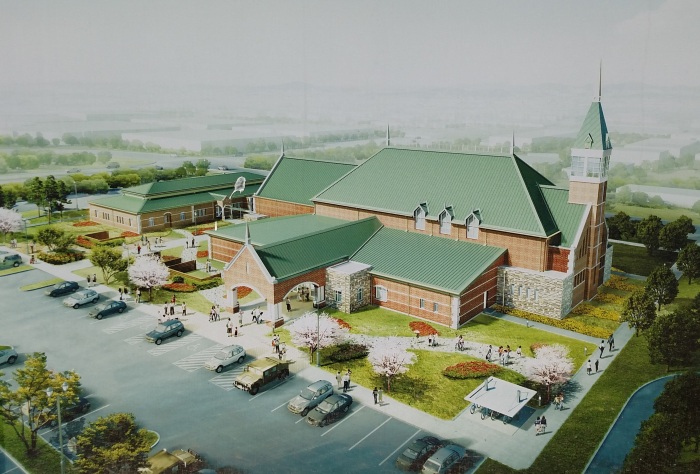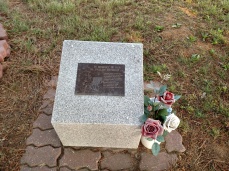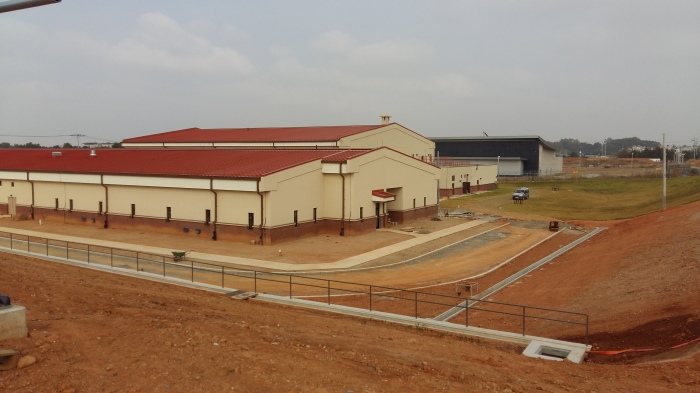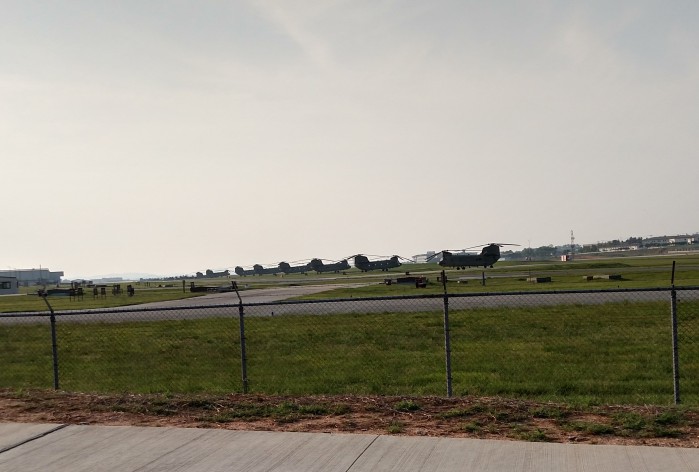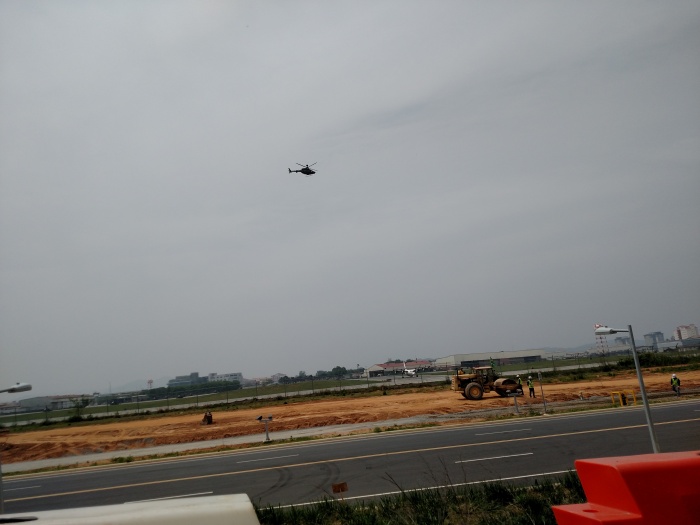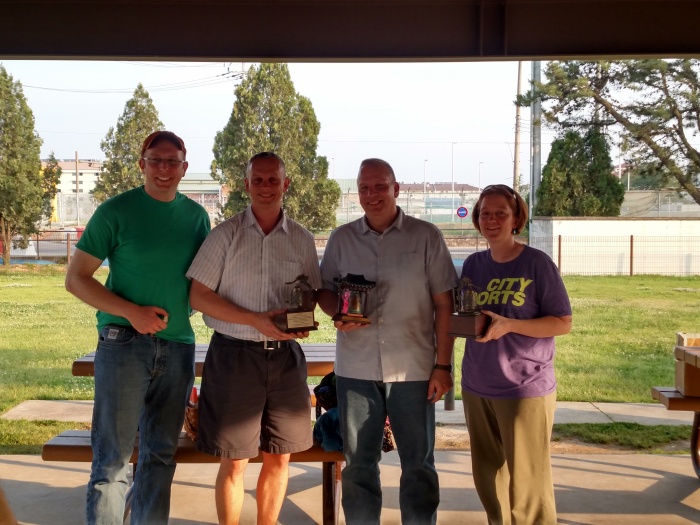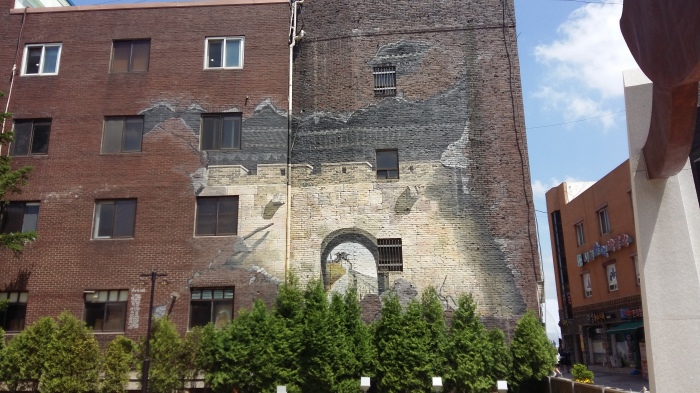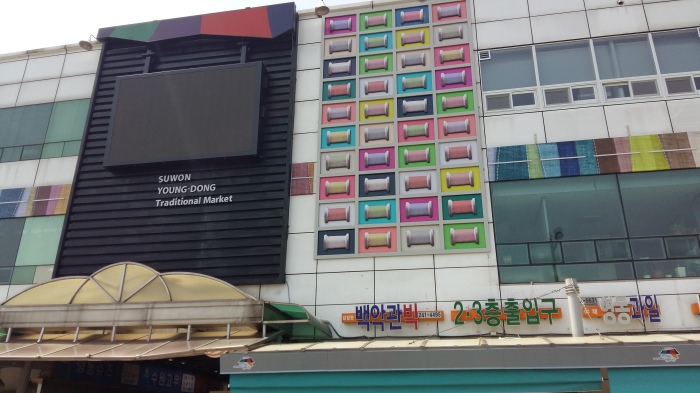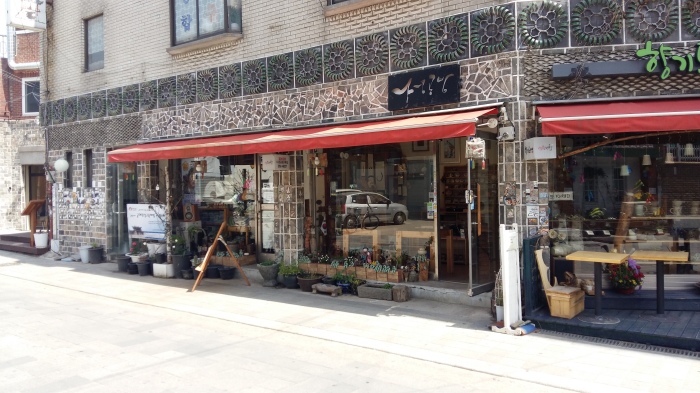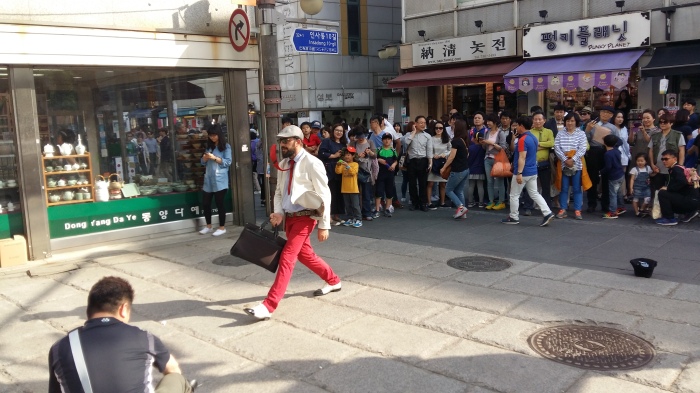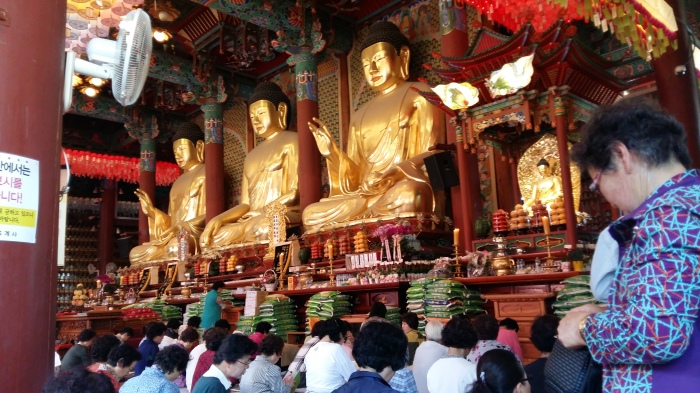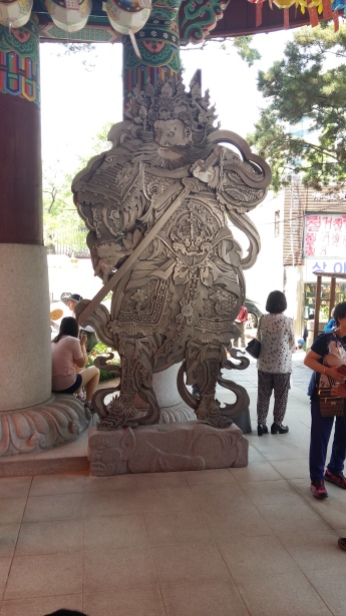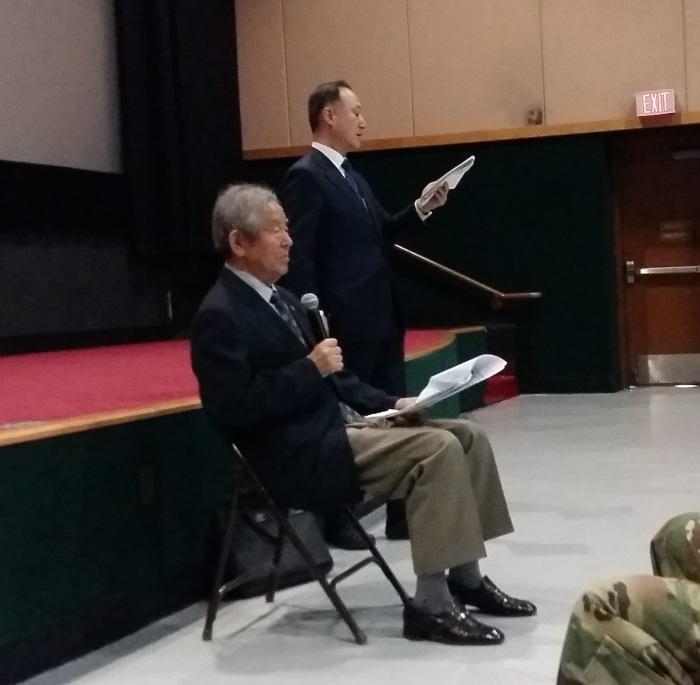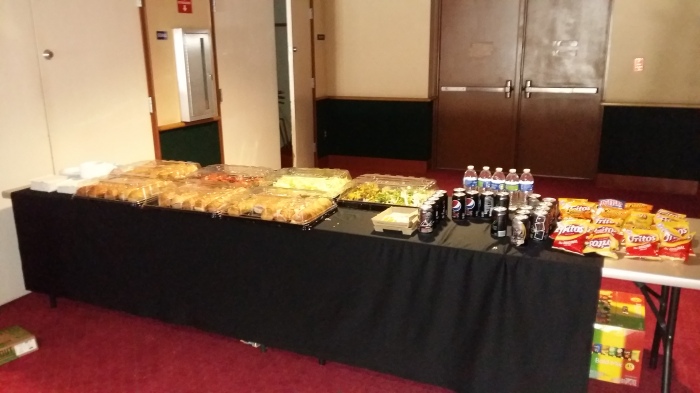
Out walking the other day, I passed a curious statute that I had to return to with my camera. What it turned out to be was part of the Family Federation for World Peace and Unification, better known as its name prior to 1994 when Rev. Sun Myung Moon consolidated his several organizations, Holy Spirit Association for the Unification of World Christianity or the Unification Church. Many non-Unificationists (as they prefer to be called) may know them best as “Moonies” though this is viewed as a derogatory term by adherents.
The founder, Rev. Sun Myung Moon was born in 1920 in what is now North Korea. Moon was raised a Presybeterian, but according to Moon, on Easter when he was 15, Jesus appeared to him commissioning him to complete the work that Jesus had started. In the 1950s, after being excommunicated from the Presbetyerian Church for his unorthodox beliefs, Moon founded his church which today boasts several hundred thousand adherents around the world.
Interestingly, Moon has had quite a bit of trouble with the law both in South Korea and the United States where he spent 13 months in prison for tax evasion.
The Unification Church views the apostle Paul as the founder of Christianity, who codified the teachings of Jesus into a formal religion. Hell is accepted as being present on Earth now, but in time will become Heaven on Earth. They also view Communism as an expression of Satan and link it with Cain, while viewing Democracy as the expression of God and link it with Abel.
They also believe that Eve had a sexual affair with Lucifer which caused the spiritual fall of humankind. Before she was married to Adam, she also had premarital sexual relations with him, causing the physical fall of humankind. Their marriage produced an imperfect family allowing Satan to have control of the world.
The remedy to this problem was for Jesus (the 2nd “Adam”) to form the perfect marriage to redeem humankind, but he was crucified before he could complete his mission. His spiritual resurrection did secure spiritual salvation for humankind, but because Jesus wasn’t able to complete his mission, physical salvation is not possible in this lifetime. Therefore, a third “Adam” is needed to provide complete salvation for humankind. According to the Resurrection Church, this 3rd Adam was born in Korea between 1917 and 1930 and his appearance will be recognized as the 2nd coming of Christ. This 3rd Adam will marry, producing the perfect family, enabling complete salvation for those who choose it. Many Unificationists had viewed Rev. Moon and his wife Hak Ja Han (his 2nd) as this perfect family, the “true spiritual parents of humankind” but he died in 2012, having appointed his youngest son, Hyung Jin Moon, his successor in 2008.
The Unification Church is known for their mass weddings. Many times, the couples do not know who they will marry until a month before the ceremony, sometimes not meeting them until that day. They can, however, not participate in the wedding without shame. The newlyweds do not consumate their marriage for 40 days, representing the 40 days that Jesus spent in the wilderness. The church emphasizes the importance of the family and encourages times of family study and devotion.
Exact membership numbers are hard to determine but are said to be in the hundreds of thousands worldwide, with about 5,000 in the U.S. It appears that membership in South Korea is not significant enough to appear anywhere but in the “others” column of religious adherents.
Here are some pictures I took of Cheon Bok Gung Church of the Family Federation for World Peace and Unification in Seoul:
.


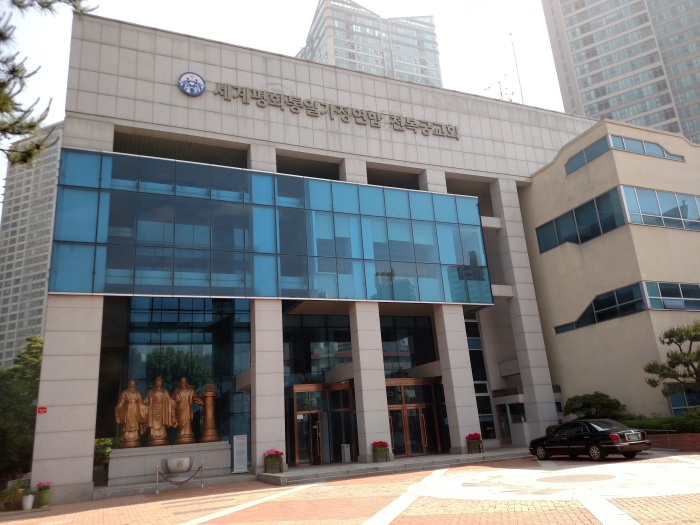








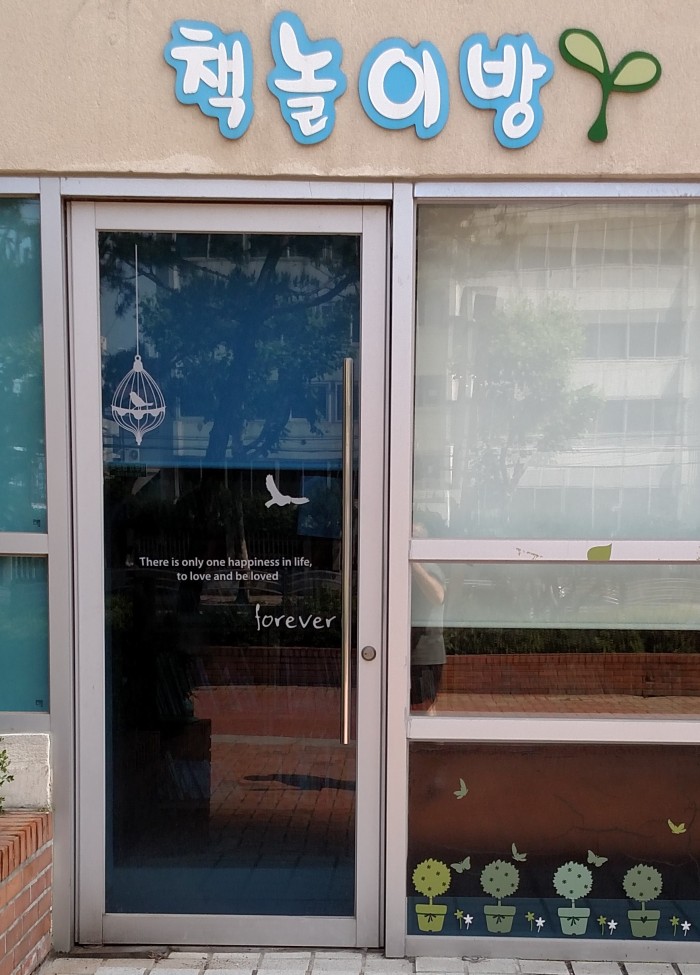
.
A brochure with the order of worship for the Cheon Bok Gung Church
.
.
.
All photos were taken by the author. Information for this post was gathered from the following sites:
Religious Tolerance website, “The Unification Church…”
Religion Facts website, “Unification Church”
Family Federation for World Peace and Unification-USA
The Unification Church, “Rev. and Mrs. Moon”
Wikipedia, “Unification Church”
.
.
.







